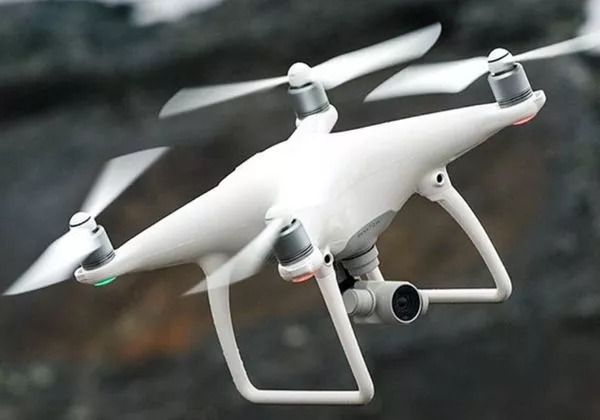In recent years, the MQ-9 Reaper drone has become a crucial asset in modern warfare, known for its unmatched surveillance, reconnaissance, and strike capabilities. This advanced unmanned aerial vehicle (UAV) has fundamentally changed the landscape of military operations, enabling forces to engage targets with precision and minimal risk to personnel.
The MQ-9 Reaper is officially categorized as a “Remotely Piloted Aircraft” (RPA), emphasizing its capability for human control despite its advanced autonomous features. It is equipped with sophisticated sensors, including the multi-spectral targeting system, which provides long-range surveillance and laser designation for precision-guided munitions. These features enhance the drone’s role in intelligence collection, enabling operators to gather real-time data.

Key Features and Specifications
- The MQ-9 Reaper has a wingspan of 66 feet, allowing for a massive payload capacity, which can include a combination of Hellfire missiles and 500-pound laser-guided bombs.
- Its Honeywell TPE331-10 turboprop engine allows it a top speed of around 300 mph, making it one of the fastest military drones available.
- With a maximum altitude of about 50,000 feet and an operational endurance of 27 hours, the Reaper can perform extensive missions covering vast geographical areas.
These features make the MQ-9 Reaper not just a tool for offensive operations but also a pivotal instrument in intelligence, surveillance, and reconnaissance (ISR) missions. Military strategies across the globe now incorporate the Reaper drone to enhance battlefield awareness and provide ground troops with crucial aerial support.
Operational Impact
The operational impact of the MQ-9 Reaper can be observed across various theaters of conflict. Its ability to provide persistent surveillance and armed overwatch support has been instrumental in counter-terrorism efforts and anti-insurgency operations worldwide.
Efforts to further enhance the capabilities of the MQ-9 are continuous, focusing on increasing automation and integration with other military technologies, ensuring it remains a critical player in future combat scenarios.
Future Prospects
As technology evolves, the MQ-9 Reaper’s role is expected to expand further, potentially incorporating more advanced AI-driven targeting solutions and higher payload capacities for newer, more advanced munitions. This evolution ensures that it remains relevant in the fast-paced developments of military technology.
Considering its pivotal role, the future of the MQ-9 Reaper in military application appears promising, with plans for integration into broader systems, such as network-centric warfare solutions, which are seen as the future of combat operations.
FAQs
- Can the MQ-9 Reaper operate autonomously?
- While it has autonomous capabilities for certain functions, the MQ-9 is primarily designed for remote operation, requiring human intervention for tasks such as weapon deployment.
- What differentiates the MQ-9 from earlier drone models?
- The MQ-9 Reaper is noted for its higher altitude, faster speeds, increased payload capacity, and extended operational range compared to earlier models, making it suited for a wider variety of missions.
This brief exploration provides insight into how the MQ-9 Reaper drone, an embodiment of modern warfare evolution, continues to redefine military strategies through its advanced features and operational dynamics.